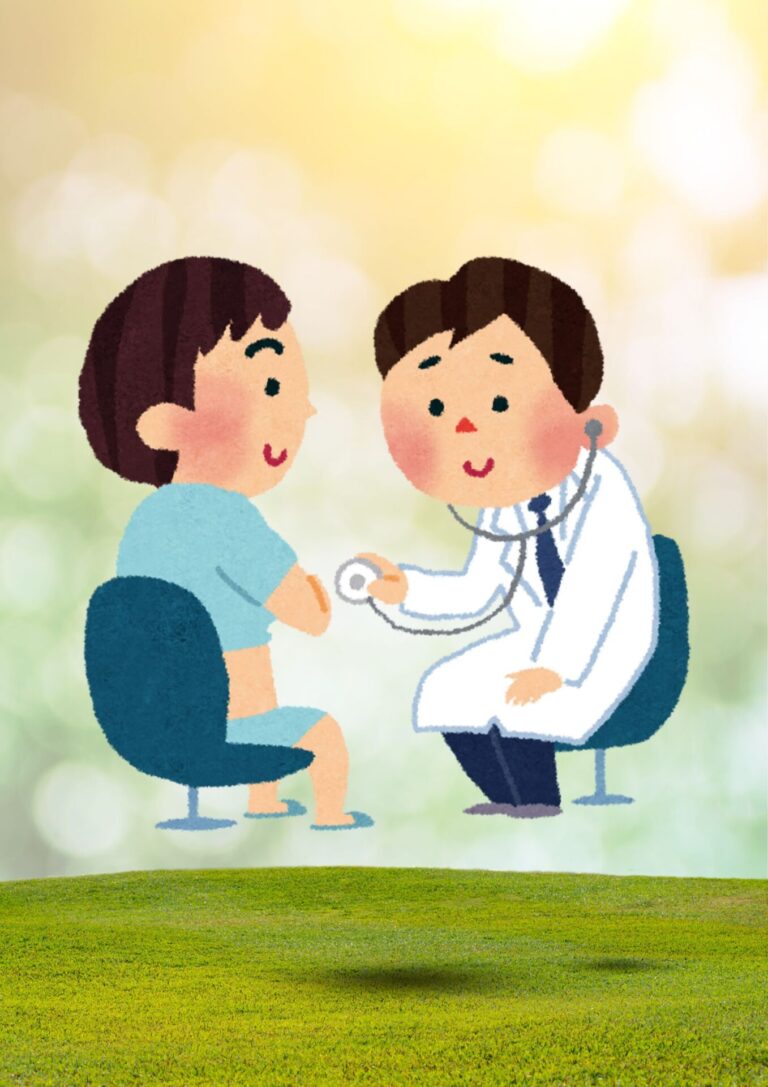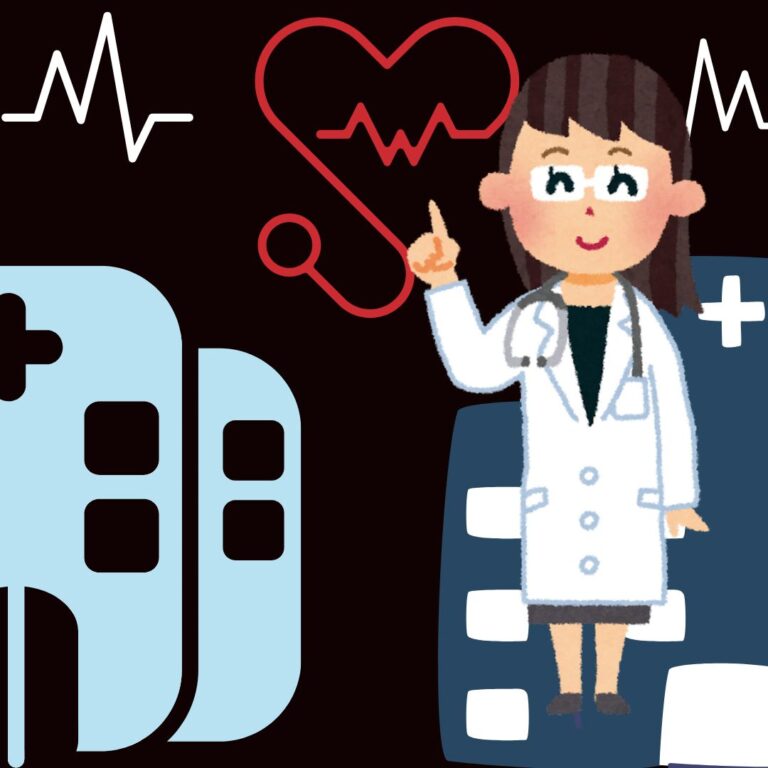What is the Most Painful Chronic Pain Condition? Understanding Severe Pain Syndromes and How to Manage Them
Chronic pain is one of the most debilitating conditions individuals can face, often leading to a complete alteration of daily life. But which chronic pain condition stands out as the most excruciating? In this article, we’ll explore the most painful chronic pain conditions, their causes, symptoms, and treatments. Whether you or a loved one is suffering from these conditions, understanding them is the first step toward effective management.
The Most Painful Chronic Pain Conditions
Chronic pain affects millions worldwide, but some conditions are considered more painful than others due to their severity and persistence. Below, we highlight three of the most widely recognized and debilitating chronic pain conditions.
Complex Regional Pain Syndrome (CRPS)
Complex Regional Pain Syndrome (CRPS) is often considered one of the most painful chronic pain conditions. This rare disorder typically develops after an injury, most often affecting an arm or leg. The pain is described as a constant, burning sensation that is out of proportion to the injury itself.
Symptoms of CRPS include:
- Severe burning or aching pain
- Swelling and changes in skin color and texture
- Sensitivity to touch or temperature changes
While the exact cause remains unclear, it is believed that CRPS arises from a malfunction in the nervous system, where the body’s response to an injury becomes exaggerated. Treatment for CRPS may involve physical therapy, pain medication, and in some cases, nerve blocks or spinal cord stimulation.
Fibromyalgia: A Full-Body Pain Experience
Fibromyalgia is a common yet often misunderstood chronic pain disorder. It is characterized by widespread musculoskeletal pain, fatigue, sleep disturbances, and cognitive issues often referred to as “fibro fog.”
Key symptoms of fibromyalgia:
- Chronic, widespread pain throughout the body
- Severe fatigue and exhaustion
- Difficulty sleeping or disrupted sleep
- Cognitive difficulties (memory loss, focus issues)
The condition is thought to be caused by the brain and spinal cord processing pain signals abnormally, making normal sensations feel more intense. Treatment for fibromyalgia focuses on managing symptoms, including medications, lifestyle changes, and therapies such as cognitive-behavioral therapy (CBT) or acupuncture.
Trigeminal Neuralgia: Face-Shattering Pain
Trigeminal Neuralgia (TN) is often described as one of the most excruciating pains known to humans. This condition causes sudden, severe, electric shock-like pain along the trigeminal nerve, which carries sensations from the face to the brain. Pain is triggered by simple actions like talking, eating, or even touching the face.
Symptoms of Trigeminal Neuralgia:
- Sudden, sharp, shock-like pain on one side of the face
- Triggered by chewing, talking, or brushing teeth
- Episodes can last seconds to minutes, but the pain is extremely intense
Treatment for TN includes medications, such as anticonvulsants or muscle relaxants, and in some cases, surgery or nerve blocks may be necessary.
Emerging Treatments for Chronic Pain: What’s on the Horizon?
As we move into the future, new treatments are emerging to better manage chronic pain. These treatments are focusing on the brain’s role in pain perception and the use of technology for pain relief.
- Neurostimulation therapies such as spinal cord stimulation (SCS) are showing great promise for managing conditions like CRPS.
- Medical marijuana has also been found to offer pain relief for some chronic pain patients, particularly those with conditions like fibromyalgia or TN.
- Ketamine infusion therapy is becoming more recognized as an effective treatment for severe, treatment-resistant chronic pain.
The Psychological Impact of Chronic Pain
Beyond the physical pain, chronic pain can also take a significant psychological toll on sufferers. Many individuals with chronic pain experience depression, anxiety, and isolation, all of which can worsen the pain experience. Managing the emotional and psychological aspects of chronic pain is critical for overall treatment.
It is essential for patients to seek not only physical treatment but also psychological support, including therapy and counseling, to develop coping strategies for the mental burden of living with pain.
Conclusion: Managing the Unmanageable
Living with chronic pain is incredibly challenging, but it is not insurmountable. By understanding the most painful chronic pain conditions and the emerging treatments, individuals can make informed decisions about managing their pain. If you or a loved one suffers from chronic pain, seek comprehensive care that addresses both the physical and psychological aspects of pain.
Early diagnosis and a tailored treatment plan that incorporates medication, therapy, lifestyle adjustments, and innovative treatments are key in improving quality of life.
Take Control of Your Pain: Act Today
If you are experiencing any of the symptoms mentioned, consult with a healthcare provider who specializes in pain management. There are options out there that can help you live more comfortably.






